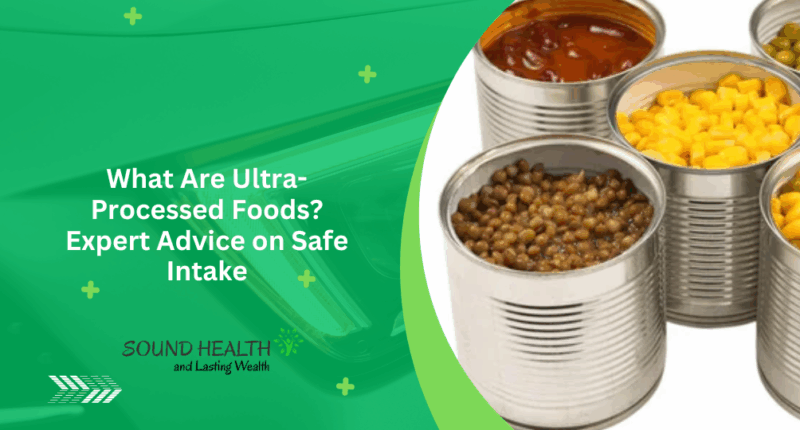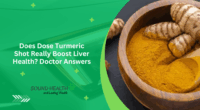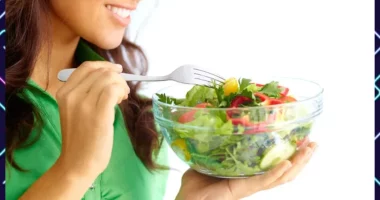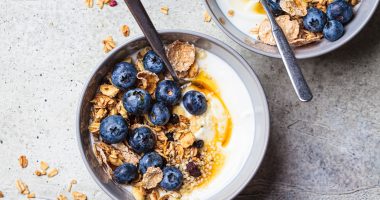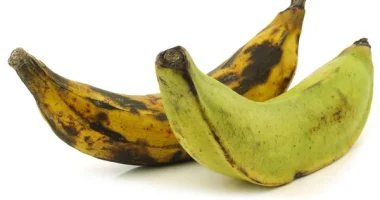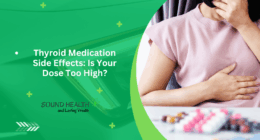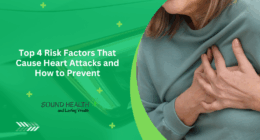Ultra-processed foods have become a staple in many diets worldwide. Increasing consumption of these foods has sparked concern among nutrition experts and health professionals. Understanding what exactly ultra-processed foods are, how they compare to minimally processed alternatives, and their effects on health is essential for making informed dietary choices. Dr. Tim Spector, a leading authority in nutrition science, shares valuable insights on identifying ultra-processed items, managing intake, and utilizing technology for healthier food decisions.
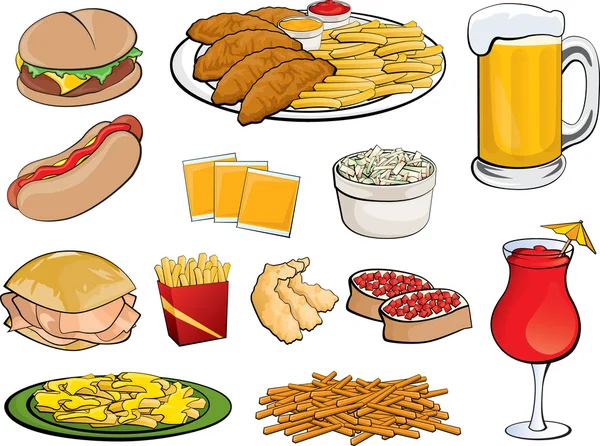
What Are Ultra-Processed Foods vs. Minimally-Processed Foods?
Ultra-processed foods are industrial formulations mostly made from substances extracted from foods or synthesized in laboratories, such as flavor enhancers, colorants, and preservatives. These products often contain little real food, focusing instead on convenience, taste, and long shelf life. Examples include sugary breakfast cereals, soft drinks, packaged snacks, ready meals, and instant noodles.
In contrast, minimally processed foods retain most of their natural properties and have undergone only simple processes such as washing, cutting, freezing, fermenting, or cooking to make them safe and palatable. Fresh fruits, vegetables, nuts, legumes, whole grains, and plain dairy correspond to this category.
The stark differences between these two food types lie in their nutrient content, fiber levels, and additives. Minimally processed foods generally support optimal health with essential vitamins, minerals, and antioxidants. Ultra-processed foods are often high in added sugars, unhealthy fats, sodium, and artificial ingredients that can negatively affect health when consumed excessively.
Why Ultra-Processed Foods Can Be Addictive
One reason ultra-processed foods are hard to resist is that they are often engineered with addictive qualities. The combination of high sugar, salt, and fat content can stimulate brain reward pathways similarly to addictive substances. These foods trigger dopamine release, which reinforces cravings and the cycle of overconsumption.
Research has linked frequent intake of ultra-processed foods to increased risks of obesity, type 2 diabetes, cardiovascular diseases, and certain cancers. A 2023 study published in the British Medical Journal found that adults who consumed more than 20% of their daily calories from ultra-processed foods faced a 30% higher risk of premature death compared to those with minimal consumption.
Despite this, completely avoiding processed convenience items may not be realistic or necessary for many. Balancing enjoyment with moderation is key to maintaining health and wellbeing.
3 Ways to Enjoy Ultra-Processed Foods and Stay Healthy
Rather than complete restriction, consider these practical ways to include ultra-processed foods responsibly:
- Limit frequency and portions: Save ultra-processed treats for occasional enjoyment rather than daily staples. Small portions satisfy cravings without overwhelming your diet.
- Choose lower-risk options: Not all packaged foods carry equal risks. Look for items with fewer artificial additives and more whole-food ingredients.
- Pair with nutrient-rich foods: Combine processed foods with fresh fruits, vegetables, nuts, or lean proteins to add fiber and nutrients that mitigate some adverse effects.
By adopting these strategies, you can satisfy cravings while reducing health risks associated with ultra-processed products.
Use a Free App to Rate Foods in Your Kitchen – Dr. Spector’s Zoe App
Navigating the supermarket aisles can be confusing with so many packaged products. Fortunately, technology offers a simple answer. Dr. Tim Spector helped develop the Zoe app, an innovative tool that uses your smartphone camera to scan barcodes and instantly rate foods based on their health impact.
As Dr. Spector explains, “All packaged foods are categorized from ‘no risk’ to ‘high risk.’ It helps you make informed decisions without needing a degree in food science.” This app supports practical choices by clarifying the risk level of various items found in your kitchen or local store.
For example, the Zoe app rates Great Value Whole Natural Almonds as “no risk,” representing a wholesome, minimally processed snack. The Aldi 16 Bean Soup Mix and Kind bars score “low risk,” indicating a balance of convenience and nutrition. Meanwhile, Millville Protein Pancake Mix falls under “high risk” due to its heavy processing.
Download the Zoe app for free and scan products to bring clarity and confidence to your grocery shopping. This empowers you to tailor purchases toward healthier options that support your long-term wellness.
Also Read | How 5 Minutes of Deep Breathing Defeated Monique’s Anxiety
